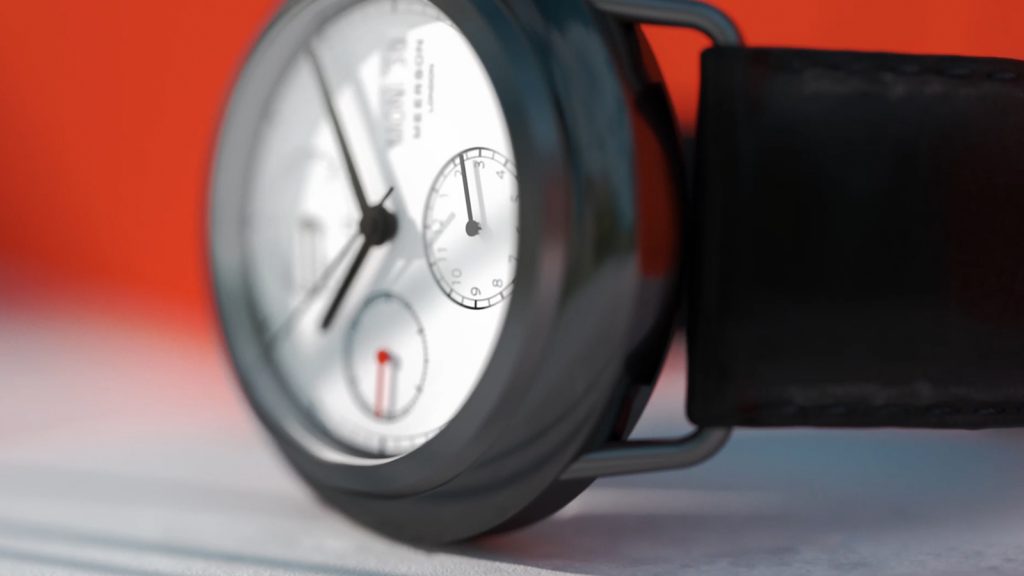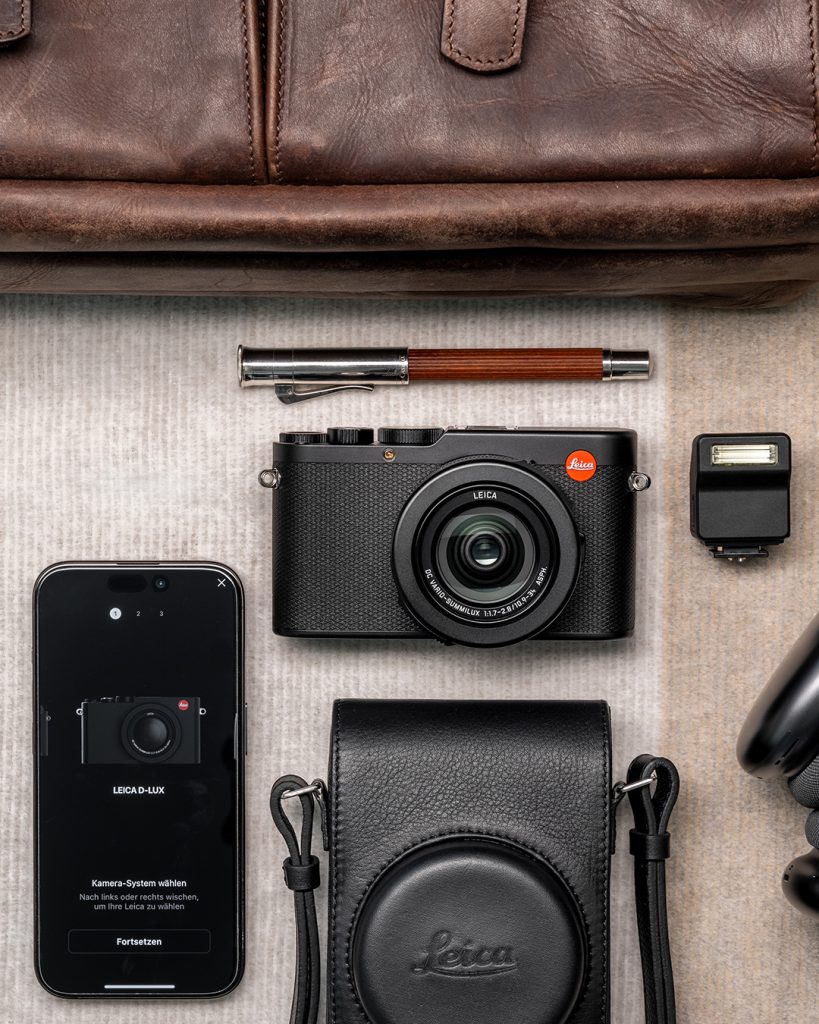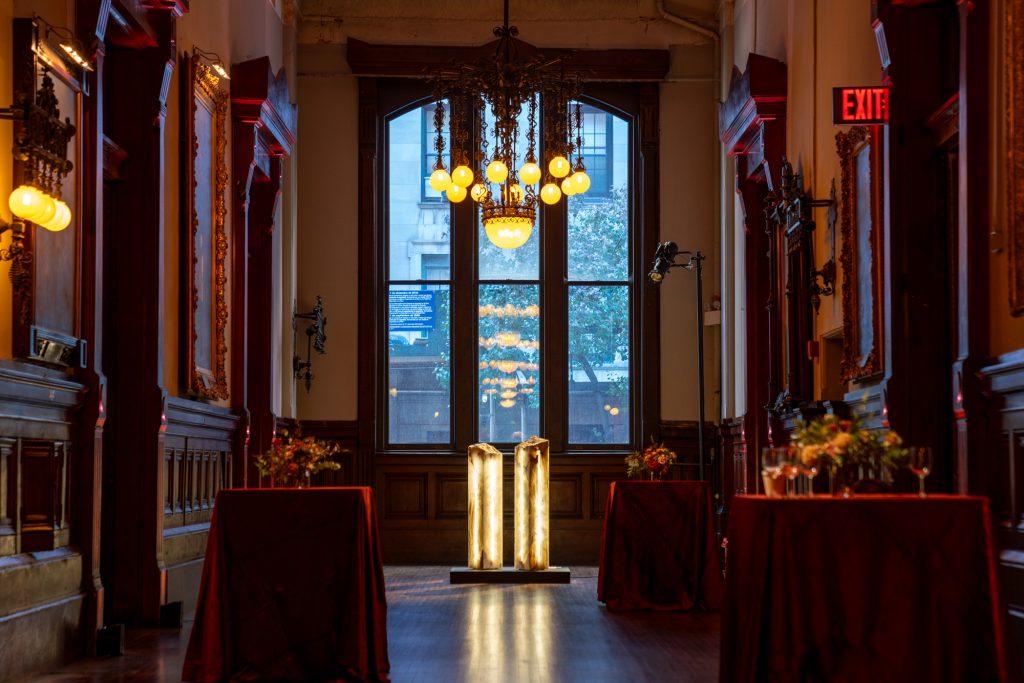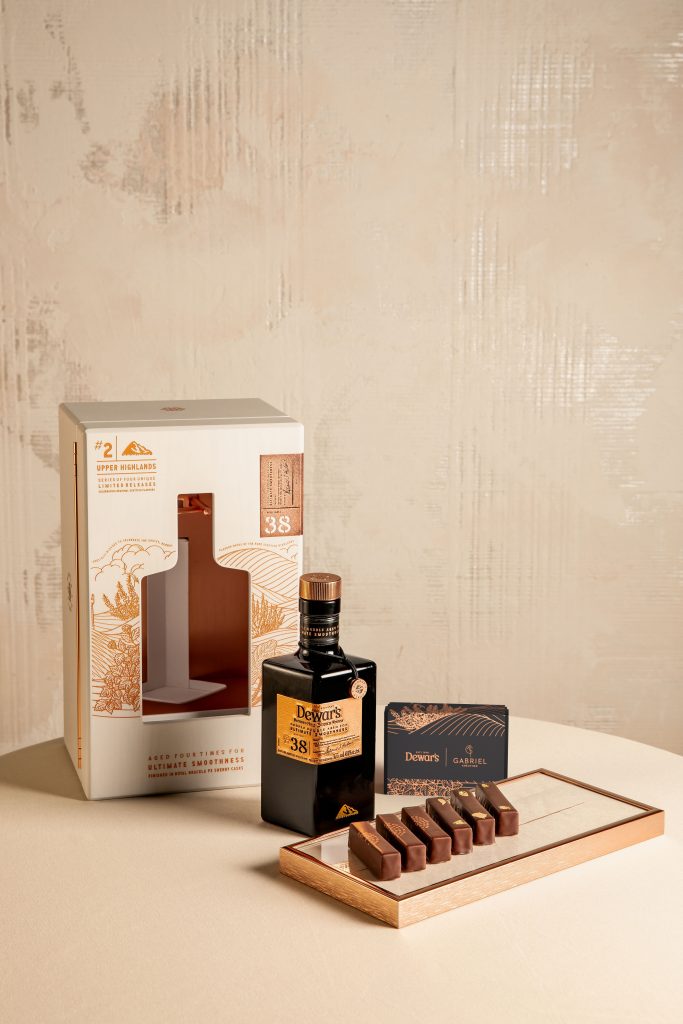Details Behind the Redesigned Breguet Type 20 and Type XX
An ambitious refresh to the historic brand’s classic flyback pilot chronograph
Very few wristwatches deserve as much adoration—and continued discussion—as the Breguet Type 20. This flyback pilot chronograph, which debuted in 1954, was designed by the horological maison to align with rigorous specifications laid out by the French Ministry of Defense, and then offered to aviators of the Air Force and Naval Army as part of their equipment package. Demand led to the introduction of a civilian model, the Type XX, and widespread acclaim and ravenous collectors soon followed. In Paris last week, impeccably refreshed Breguet Type 20 and Type XX models were released—the latest in a line of legendary timepieces.

Anyone familiar with previous iterations of the Type 20 and Type XX will understand that the Breguet design DNA informed these two new models, the Type 20 ref. 2057 and Type XX ref. 2067. That said, both of these stainless steel watches (with bidirectional bezels) have an increased diameter size—42mm rather than 38.5mm—which complements the expanded watch thickness of 14.1mm. It’s an appropriate ratio and that’s clearly reflected on the wrist. Each also incorporates a date window on the dial at 4:30—a useful albeit unexpected addition that doesn’t disrupt legibility.

From an aesthetic standpoint, the two models bifurcate in several ways. The military-inspired Type 20 features two subdials, syringe hands and mint green lume. Its bezel is fluted—and it incorporates an onion crown. The civilian Type XX incorporates three subdials, alpha hands, an ivory-colored lume, coin edging and an oversized crown. The former benefits most from a nato fabric strap, while the later pairs well with calfskin leather. Throughout their reinvented composition, both have adopted different vintage attributes and updated them for the present day.

Of greatest importance, both the Type 20 and Type XX are powered by new self-winding movements that took four years for Breguet to develop. This explains the expansion of case size—as the Type 20 and its Calibre 7281 movement, as well as the Type XX and its Calibre 728 movement, incorporate a column wheel and vertical clutch. Further, a highly durable silicon balance spring and an inverted in-line lever escapement with silicon horns have been utilized in both for magnetic resistance. It’s through these advancements that Breguet reinforces their reputation as a pioneering watch manufacture.

These new movements were designed to power a flyback chronograph function—which allows a wearer to reset the sweeping timer function with the push of one button (rather than having to press a pusher to make it stop, and then pressing it again to reset). This watch complication is coveted by pilots and was an original requirement for the Type 20 in the ’50s. Both new timepieces feature an exposed caseback that acts as a window into their movements. Visible through this exhibition feature, a DLC-coated oscillating weight and column wheel offer contrasting visual texture—as does the meticulous hand-finishing on other internal components.

Of the two introductions, the Type 20 is our preference. From the mint-colored luminescence atop the black dial (with galvanic treatment) to the “big eyes” design of the side by side subdials, it manages to be both intriguing and assertive, balanced and bold.

When the Type 20 was initially introduced in the ’50s, Breguet was uniquely positioned to develop a flyback pilot chronograph—having deeply understood the need of aviators. During a tour of the Musée de l’Air et de l’Espace du Bourget in Paris, hours in advance of our hands-on time with the new Type 20 and Type XX, journalists were guided through the Breguet family’s interwoven history of horology and aviation—from Louis Breguet’s aircraft development organization founded in 1911, Société des Ateliers d’Aviation Louis Bréguet, to the 55,000 planes it would develop during wartime efforts in Europe. It is the spirit of this heritage that imbues the updates to these two new models with something informed and extraordinary.
Images courtesy of Breguet






















